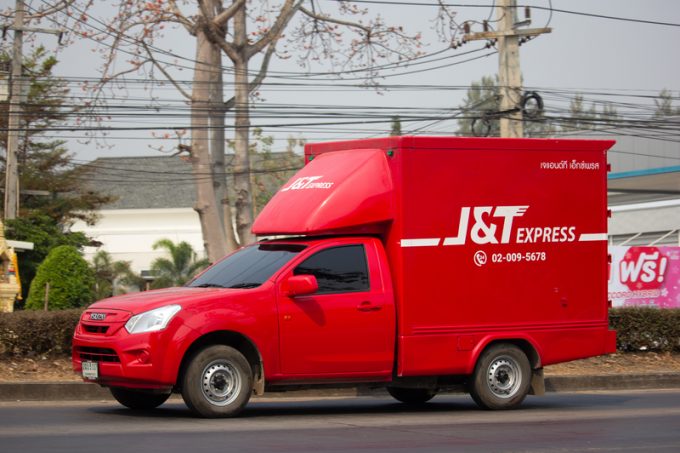Ocean freight hits the jackpot as cherries line up for a controlled modal switch
For a number of airlines, the cherry season marks a highlight on the calendar: over ...
TFII: SOLID AS USUALMAERSK: WEAKENINGF: FALLING OFF A CLIFFAAPL: 'BOTTLENECK IN MAINLAND CHINA'AAPL: CHINA TRENDSDHL: GROWTH CAPEXR: ANOTHER SOLID DELIVERYMFT: HERE COMES THE FALLDSV: LOOK AT SCHENKER PERFORMANCEUPS: A WAVE OF DOWNGRADES DSV: BARGAIN BINKNX: EARNINGS OUTODFL: RISING AND FALLING AND THEN RISING
TFII: SOLID AS USUALMAERSK: WEAKENINGF: FALLING OFF A CLIFFAAPL: 'BOTTLENECK IN MAINLAND CHINA'AAPL: CHINA TRENDSDHL: GROWTH CAPEXR: ANOTHER SOLID DELIVERYMFT: HERE COMES THE FALLDSV: LOOK AT SCHENKER PERFORMANCEUPS: A WAVE OF DOWNGRADES DSV: BARGAIN BINKNX: EARNINGS OUTODFL: RISING AND FALLING AND THEN RISING

Ocean freight is set to play a bigger role in south-east Asia’s booming cross-border e-commerce market.
According to regional e-commerce logistics specialist J&T Express, the Covid-crisis has accelerated online spending across the region, with the market on track to reach $153bn in sales by 2025.
This was the prediction before the pandemic hit and, furthermore, with the range of goods bought online widening, J&T predicts more volumes shifting to sea freight.
Andrew Sim, CEO of J&T Express Singapore, explained: “The move will largely be driven by consumers buying bigger items and pressure for merchants to reduce shipping costs.
“Such drivers will become more pertinent with the recent announcement that low-value goods bought online and imported by air or post [to Singapore] will be subjected to a goods and services tax (GST) from 1 January 2023.”
J&T also has operations in Malaysia, Vietnam, the Philippines, Thailand, Cambodia and China and claims to be one of the fastest growing e-commerce logistics players in the region, business growing 300% a year since launching in 2015.
“We see sea freight’s move towards being the dominant mode of transport really taking off in South-east Asia, as anywhere beyond will involve a much longer delivery time,” Mr Sim said.
“In response to this shift, the infrastructure, systems and facilities will look at ways to better integrate retail, trade and logistics processes to support sea freight as the critical link in cross-border e-commerce supply chains.”
However, added Mr Sim, the container shortage was having an impact, pushing up the cost of fulfilling cross-border e-commerce shipments.
“But that is only for the short-term,” he told The Loadstar. “Post Covid-19, with air freight resuming, the pressure on sea freight will be reduced.”
Meanwhile, some forwarders in the region have also seen an uptick of volumes shifting to cross-border trucking, due to reduced air cargo capacity. For e-commerce, however, Mr Sim said use of road freight was limited, compared with Europe for example, because of “issues with customs clearance between different Asian countries.”
He added: “However, we do see a growing trend in Asia for cross-border trucking for countries in close proximity, such as Malaysia and Singapore, where such transport is favourable due to lower cost and shorter lead time.”
There’s also the recently launched Asean Customs Transit System, which proponents hope will make cross-border trucking more efficient.
Comment on this article